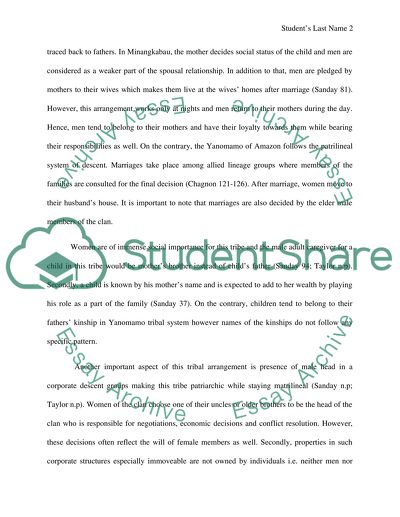Cite this document
(“Socio-economic Status of Women in Patriarchal Societies Essay”, n.d.)
Retrieved de https://studentshare.org/anthropology/1488708-paper2
Retrieved de https://studentshare.org/anthropology/1488708-paper2
(Socio-Economic Status of Women in Patriarchal Societies Essay)
https://studentshare.org/anthropology/1488708-paper2.
https://studentshare.org/anthropology/1488708-paper2.
“Socio-Economic Status of Women in Patriarchal Societies Essay”, n.d. https://studentshare.org/anthropology/1488708-paper2.


